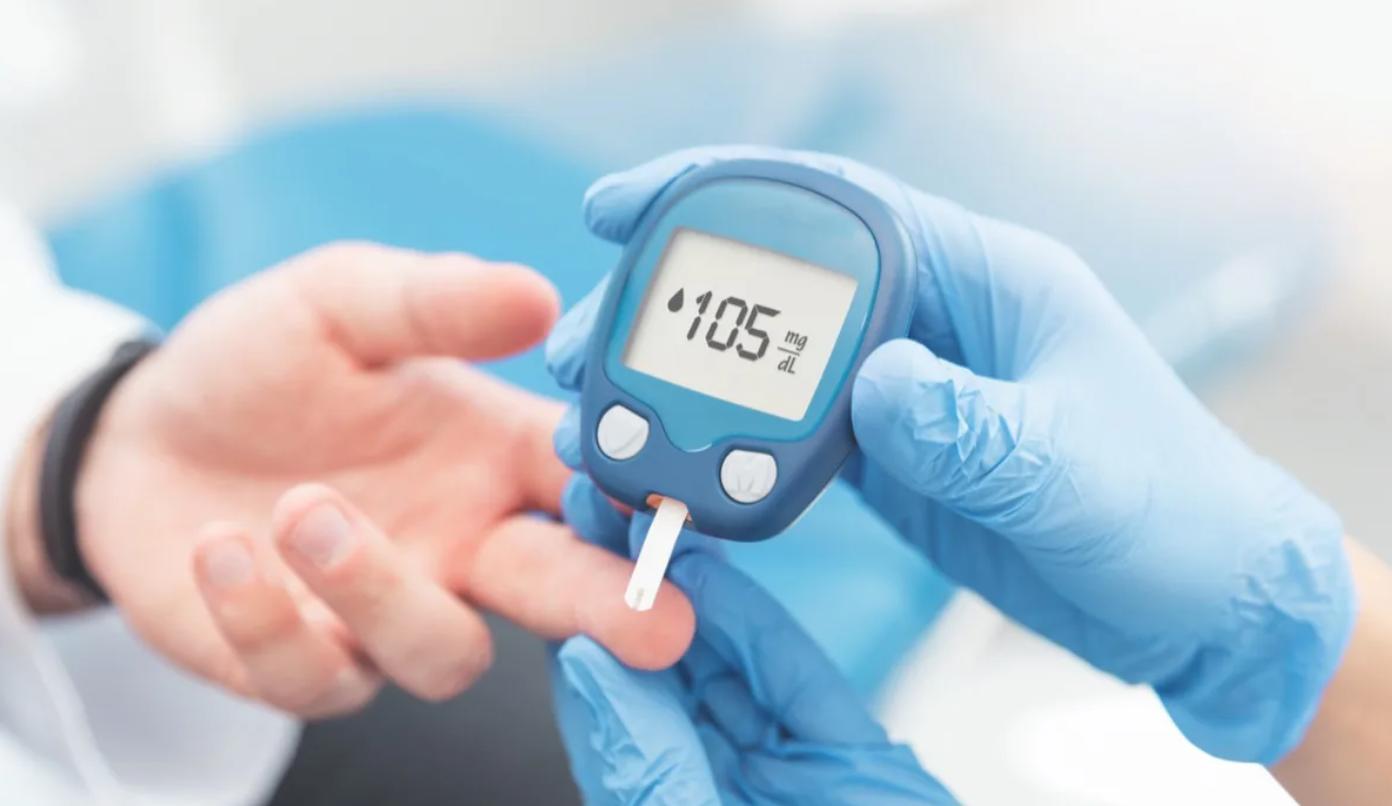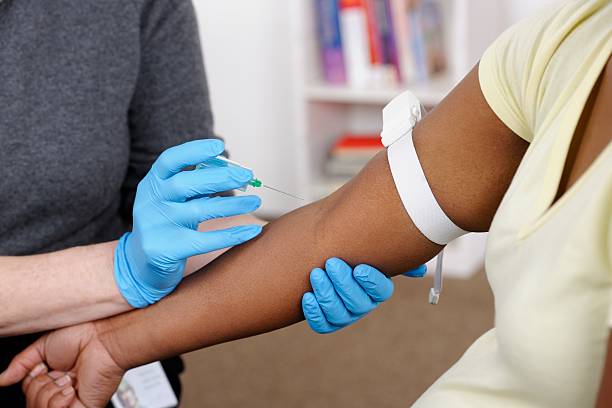Introduction
One of the salient methods of diabetes management is keeping a constant tab on one’s blood sugar levels. Blood sugar level measures the amount of glucose present in your bloodstream. It keeps fluctuating throughout the day. In people with diabetes, these fluctuations are more significant. A blood sugar test measures the glucose level in your blood and helps diagnose diabetes.
For people who have already been diagnosed with it, the blood sugar tests help monitor glucose control to chalk out suitable exercise plans, diet and medications. The tests may be as simple as a finger-prick test or an electronic continuous glucose monitor (CGM).
Why test your blood sugar levels?
A blood sugar test is a crucial step in managing diabetes because of the following:
- It identifies high or low blood glucose volumes.
- It helps diagnose the triggers that lead to abnormal sugar levels.
- It helps monitor the effects of the medications you take for diabetes control.
- It gives an idea about adjusting your diet and exercise for better results.
- It helps in avoiding further health complications.
Blood sugar tests for diabetes
The commonly used blood sugar tests are the ones that involve drawing blood and testing the sugar levels.
- Glycated haemoglobin A1C test: It indicates how successfully the blood sugar levels are managed. The A1C test measures the amount of glucose attached to the haemoglobin; an average value of two to three months is considered. A value of 6.5% and higher indicates high sugar levels.
- Random blood sugar test: This test measures a person’s blood glucose levels at any time of the day. It does not require the person to fast. This test is usually conducted for people with type 1 diabetes.
- Fasting blood sugar test: As the name suggests, this test measures your blood sugar after 8 to 12 hours of fasting. It helps diagnose prediabetes and gestational diabetes. The objective is to determine how well the body can manage blood sugar levels without food.
- Glucose screening test: This blood sugar test is done to diagnose gestational diabetes. The sugar levels are checked after an hour of consuming a glucose drink. A glucose tolerance test must be taken if the readings are higher than 140 mg/dL.
- Glucose tolerance test: This test checks how well the body can process glucose. It compares the glucose levels in the blood before and after consuming a sugary drink. If, even after two hours, the blood sugar level remains 200 mg/dL or higher, it indicates diabetes.
What is a continuous glucose monitor (CGM)?
Constant pricking of your fingers to take a blood sample may get cumbersome. CGMs are electronic devices that track your blood glucose volumes throughout the day and night. It helps monitor your blood sugar levels in real-time, giving you a more realistic picture.
This technology has revolutionised the concept of blood sugar tracking and diabetes management. The CGMs are a good investment because you won’t need to replace them often.
How to do a blood sugar test using a CGM?
Here are the steps that elucidate the working of a CGM:
- A tiny sensor is inserted under the skin (belly or arm).
- The glucose in your interstitial fluid comes in contact with the sensor causing an oxidation reaction.
- The sensor tests the glucose continuously, every few minutes.
- A transmitter (attached with an adhesive patch) sends the information generated to the monitor wirelessly.
- The CGM data can be downloaded at any time.
What are the benefits of using a CGM?
After the insertion of the sensor subcutaneously, the device is entirely non-invasive. The advantages of a CGM are:
- It provides a faster response.
- It is easier to keep track of blood sugar levels and formulate trends.
- Based on the trends, suitable diet and exercise plans can be designed.
- It increases the quality of glycemic control and prevents the risk of hypoglycemia.
- It captures data even when you are asleep.
Things to keep in mind while using a CGM
One must remember that CGMs measure sugar levels through the interstitial fluid instead of the bloodstream. Therefore, it is wise to get a standard blood sugar test done once in a while to correlate the readings. Check that there are no skin allergies or reactions to the adhesive tapes used. Remember to clean and dry the area on the skin before inserting the sensor to prevent it from falling off.
Conclusion
Blood sugar testing is a regular and necessary part of diabetes control. Whether through the finger-pricking method or using CGMs, it is essential to maintain a record of your blood sugar data. With this information, your healthcare providers can devise a diabetes management plan that works best for you.



